New Concrete vs. Concrete Repairs: What’s Right for Your Property?
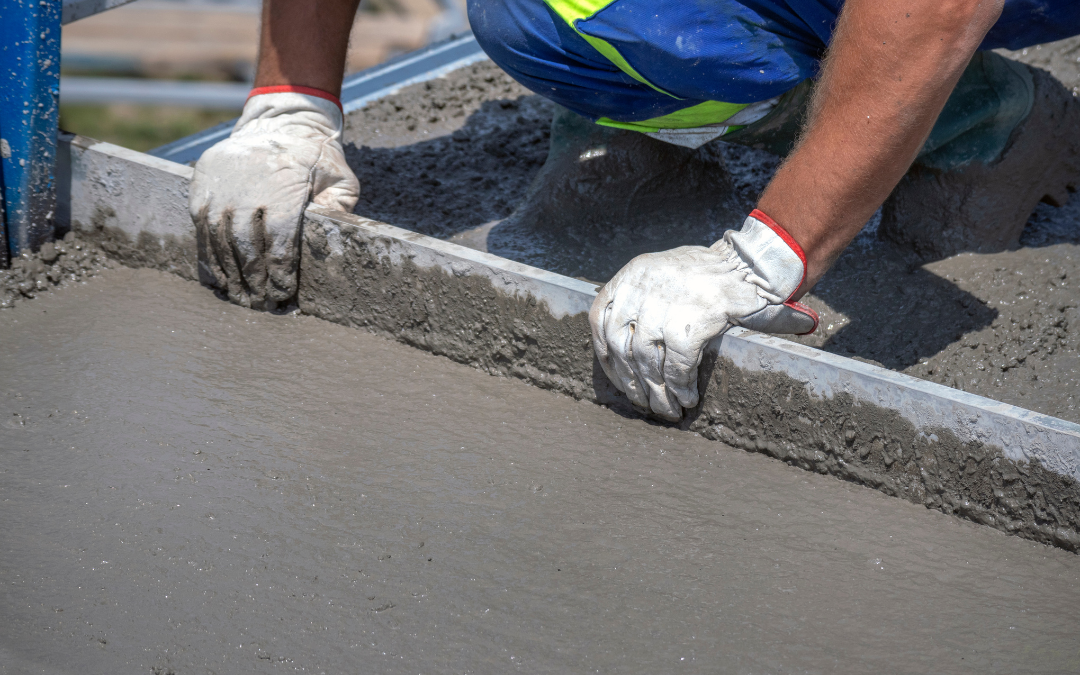
Concrete Repair vs Replacement: What You Need to Know Before You Decide
Are you starting to notice cracks, chips, or uneven spots in your concrete? Maybe your driveway has a few lines that weren’t there last year, or your patio just isn’t holding up the way it used to. It’s easy to overlook at first, but over time, those little issues can turn into big headaches. When that happens, most homeowners ask the same thing: Should I repair this, or is it time to replace the whole thing?
On this blog, we’re going to walk through that exact question. We’ll help you figure out what kind of damage you’re dealing with, what causes it, and when a simple fix might do the job versus when it makes more sense to start fresh. Concrete problems can be frustrating, but they don’t have to be confusing. Let’s break it down in a way that’s easy to understand and helps you make the best choice for your home.
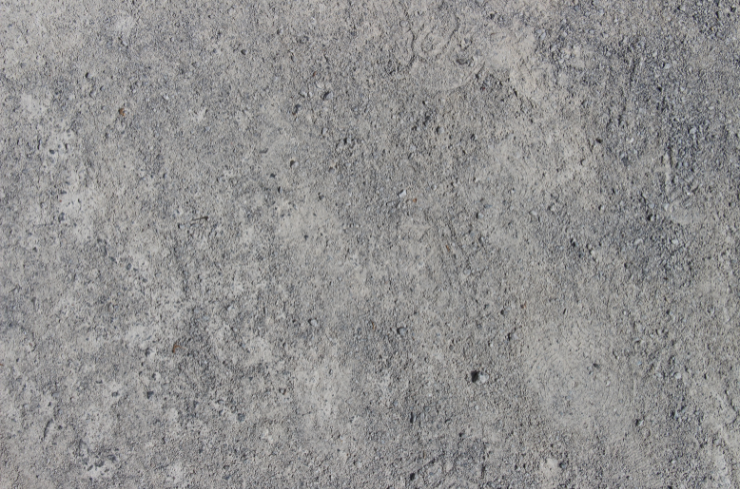
What Is Concrete?
Concrete is one of the hardest-working materials around your home. It’s made by mixing cement, water, gravel, and sand together to create a strong and solid surface. Once it dries, it becomes durable enough to handle cars, weather, foot traffic, and just about anything else you throw at it. That’s why you’ll see it used in so many places like driveways, sidewalks, patios, garage floors, and even steps. But even though concrete is known for being tough, it’s not perfect. Over time, it can crack, chip, or wear down from everyday use and changing weather. And when that happens, you’re usually left with two main options: repair it or replace it completely.
Common Concrete Problems You Might See
Here’s a quick list of the most common things that can go wrong with concrete:
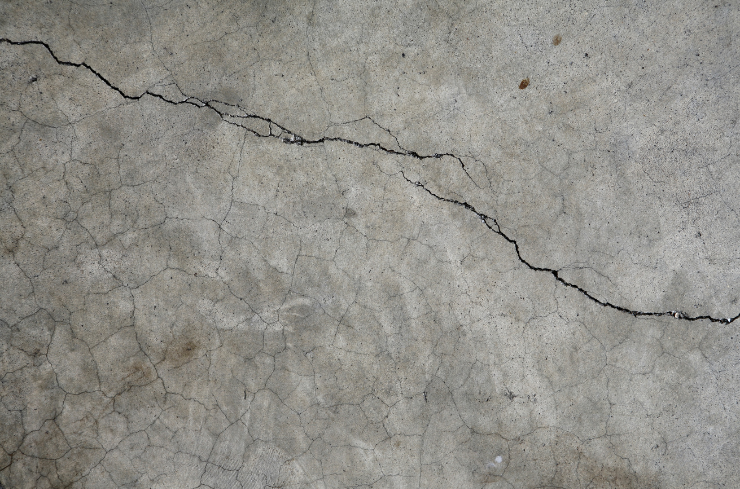
Surface Cracks
These are small, thin cracks that show up on the top layer. They usually aren’t serious, but they can get worse if ignored.
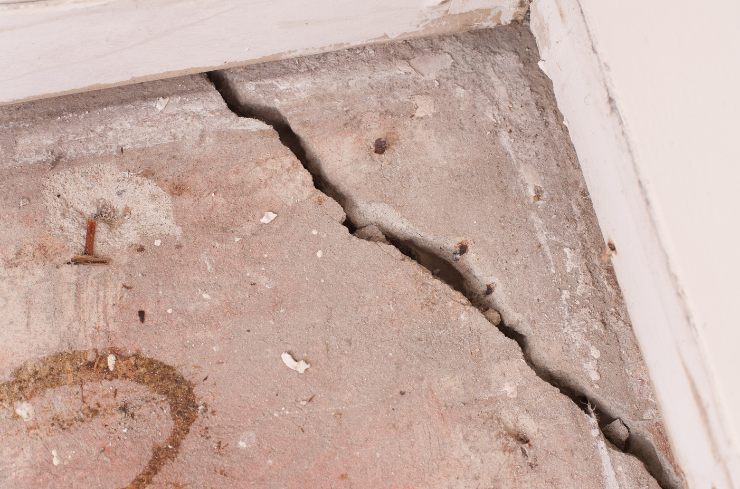
Deep Cracks
These are bigger and go all the way through the slab. If you can fit a coin in the crack, it might be time to worry.
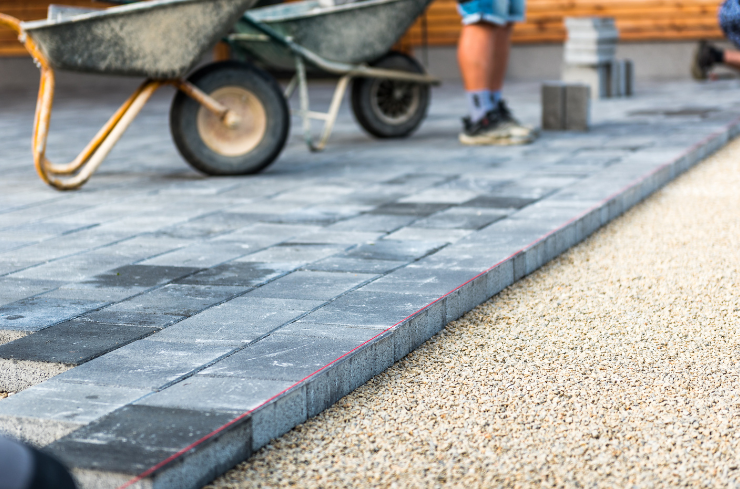
Uneven Slabs
You might notice that one side of your driveway is higher than the other. That’s usually a sign the ground underneath is shifting.
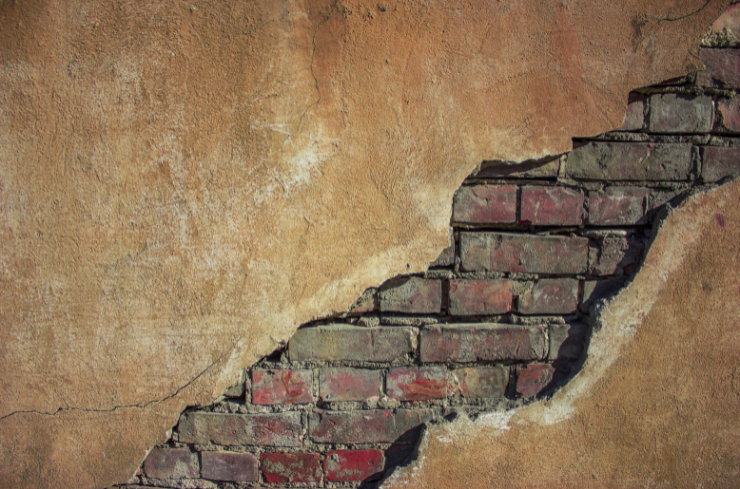
Spalling
This is when the top layer starts to peel or flake off. It doesn’t look great and can make things worse over time.
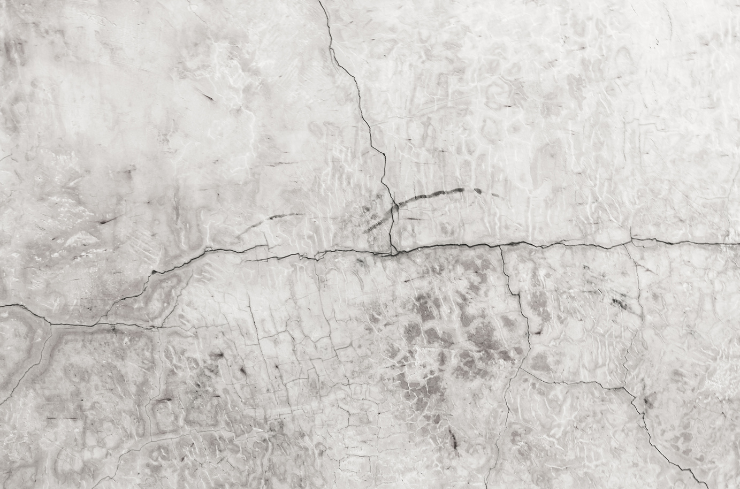
Discoloration
Stains, patches, or faded areas — usually not a huge deal, but they can make your concrete look old and worn.
What’s Causing the Damage?
There are a few common reasons concrete starts to break down:
- Unstable Soil: If the ground under your concrete shifts, the slab on top will move too.
- Heavy Stuff: Parking a truck, dropping tools, or dragging something heavy can crack the surface.
- Bad Pour Job: If the concrete wasn’t mixed or poured right when it was installed, it might not hold up well.
- Water + Weather: Water can get into small cracks. Then it freezes, expands, and makes the crack worse.
When to Repair Your Concrete?
Repairs are often the cheaper, faster option — and sometimes that’s all you need. You can usually go with a repair if:
✅ The cracks are small
✅ The slab is still mostly level
✅ The surface is flaking but still solid underneath
✅ The color is off but it’s not falling apart
✅ The damage hasn’t been there very long
In these cases, fixing things up can buy you a lot more years before needing a full replacement.
When Should You Replace It?
Sometimes, repairs just aren’t enough. You should think about replacing the concrete when:
❌ The cracks are wide, deep, and getting worse
❌ The slab is sinking, lifting, or breaking apart in several spots
❌ There’s major surface damage or missing chunks
❌ It’s been patched over and over and still looks bad
❌ The concrete is 30+ years old and showing its age
If you’re dealing with more than one of these issues, it’s probably better (and more cost-effective in the long run) to start fresh.
Quick Look: Repair or Replace?
| Issue | Repair | Replace |
| Small surface cracks | ✅ | |
| Slightly uneven | ✅ | |
| Peeling top layer (spalling) | ✅ | |
| Big cracks or chunks missing | ✅ | |
| Multiple problems | ✅ | |
| Old concrete (25–30+ years) | ✅ |
The truth is, not every concrete problem means you need to start from scratch. In many cases, a simple repair is all it takes to get things back in shape. But if the damage is too far gone or affecting the safety of your space, replacing it might be the smarter move in the long run. Take a walk around your property and look closely at your concrete. Check for cracks, uneven areas, flaking, or stains, and ask yourself if the issue is just cosmetic or something more serious. If you’re not quite sure what to do, it’s always okay to ask for help from a professional. Getting a second opinion can save you from wasting money on the wrong fix. At the end of the day, your home should feel safe, solid, and look good too. Whether you go with a quick patch or a fresh pour, taking care of your concrete is one of those little things that can make a big difference.
If you’re not sure where to start, First Solution IL is just a call or message away. We’re happy to take a look, talk through your options, and help you choose what works best for your home and your budget.
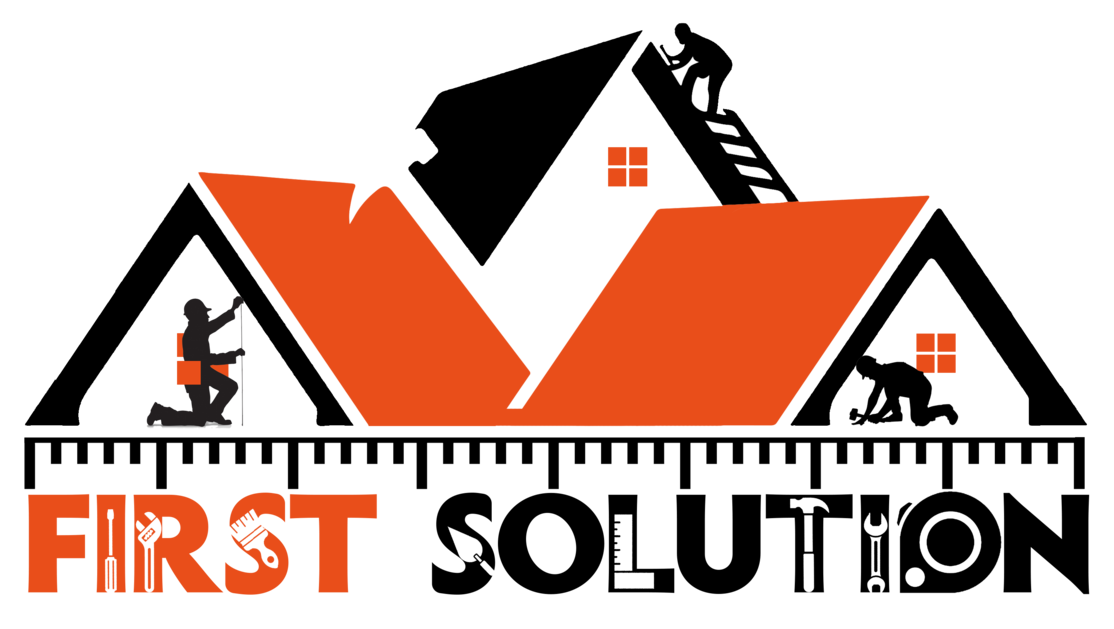
0 Comments